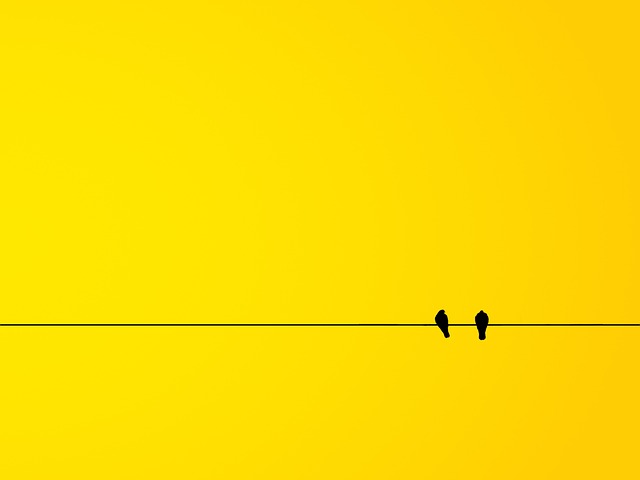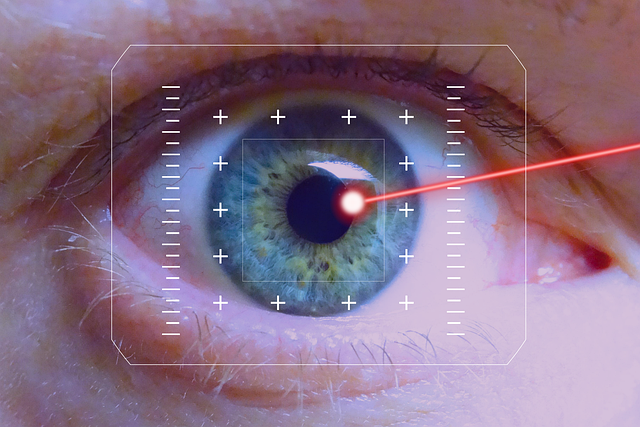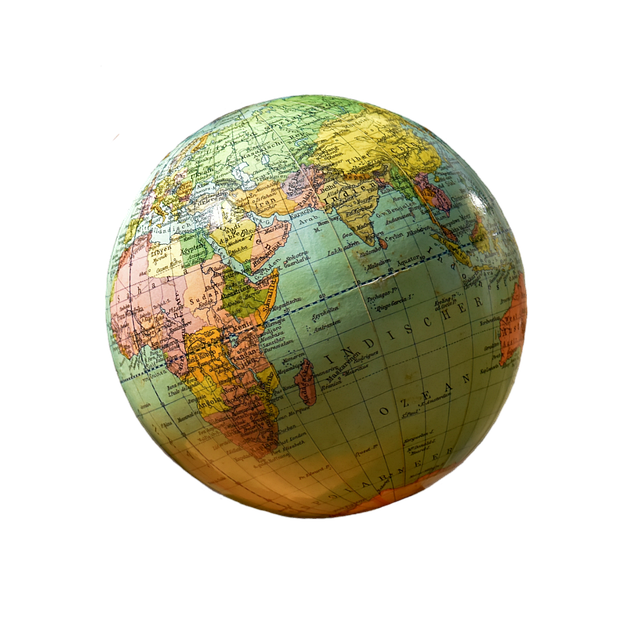Unveiling the Dark Side: Exploring Negative Image in Photography
Photography has the power to capture moments, emotions, and stories in a split second. Yet, beyond the vibrant colors and sharp details we usually admire, there lies a mysterious and often overlooked realm: the negative image. This concept, rooted deeply in the history of photography, carries with it a certain depth and intrigue that many enthusiasts and professionals find fascinating.
What exactly is a negative image? At its core, a negative image is a photographic representation where the lightest areas of the photographed subject appear darkest and vice versa. In traditional film photography, negatives are the initial step—an inverse imprint of the final photo, holding the “dark side” of the captured scene. But beyond the technicalities, negative images tell a unique story: one of transformation, revelation, and sometimes, unexpected beauty emerging from shadows.
When you look closely at a negative image, it’s almost like stepping into an alternate reality. Shadows become highlights, details previously unnoticed come to the forefront, and the emotion embedded in the scene shifts. This inversion can evoke a sense of nostalgia, mystery, and even eeriness, inviting the viewer to think more deeply about what they’re seeing and what might be hidden beneath the surface.
For photographers, experimenting with negative images is not just about playing with light and dark—it’s an emotional journey. It challenges the conventional eye and pushes creative boundaries. Negative images can reveal imperfections and nuances that traditional photos might conceal, prompting us to embrace flaws and complexities in our subjects, whether they’re landscapes, portraits, or abstract forms.
Moreover, in today’s digital age, where instant but often superficial images flood our social media feeds, revisiting the concept of negative images is a powerful reminder of photography’s roots—a tactile, deliberate craft. It reconnects us with the contemplative nature of creating and viewing photos, encouraging patience and a keen sense of observation.
Embracing the dark side through negative images can also resonate on a personal level. Just as a negative portrays the inverse of reality, life often presents us with situations that feel upside down or contrary to expectations. Recognizing beauty and meaning within those “negative” spaces is a lesson that transcends the art of photography and touches the core of human experience.
Whether you’re a seasoned photographer or an eager beginner, exploring negative images offers an opportunity to see the world through a different lens—one where contrasts are heightened and details flipped, inviting endless curiosity and creativity.




